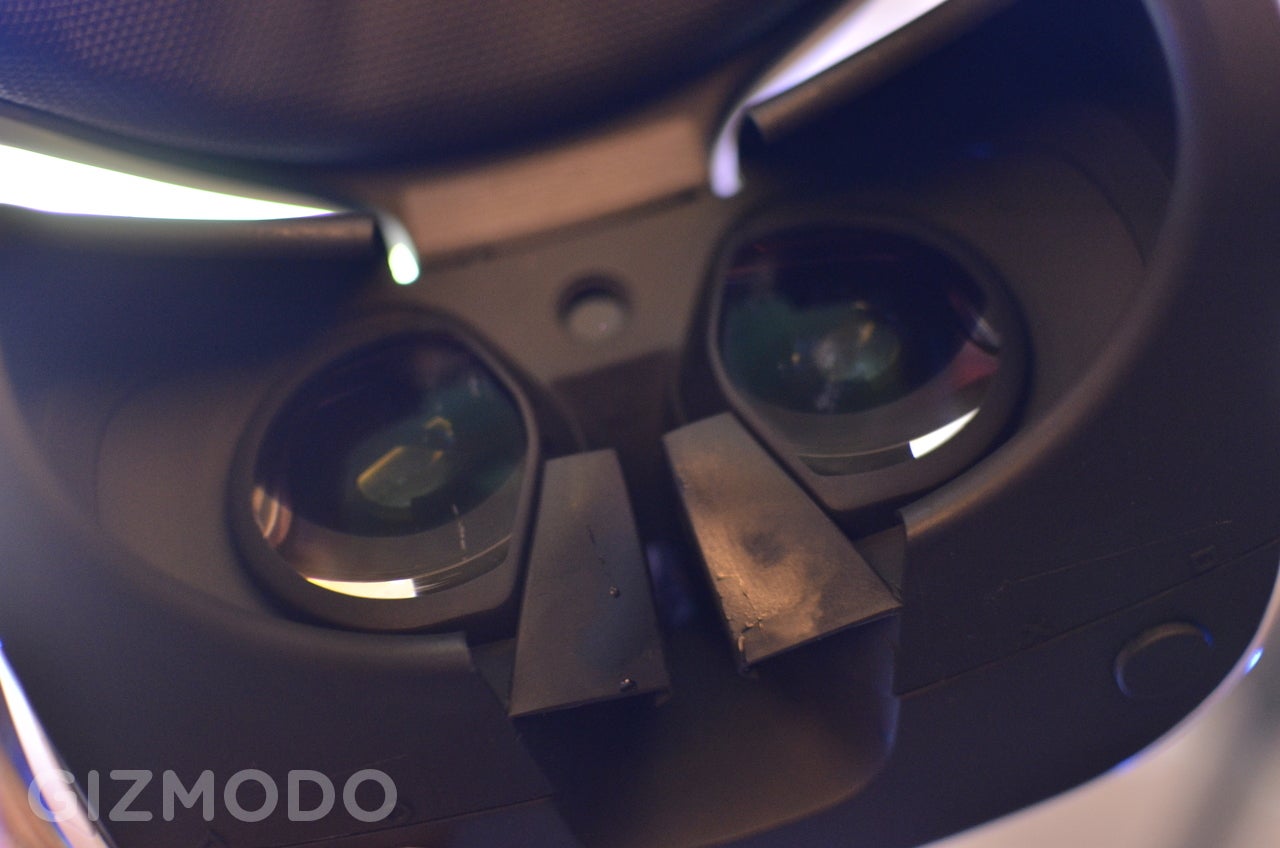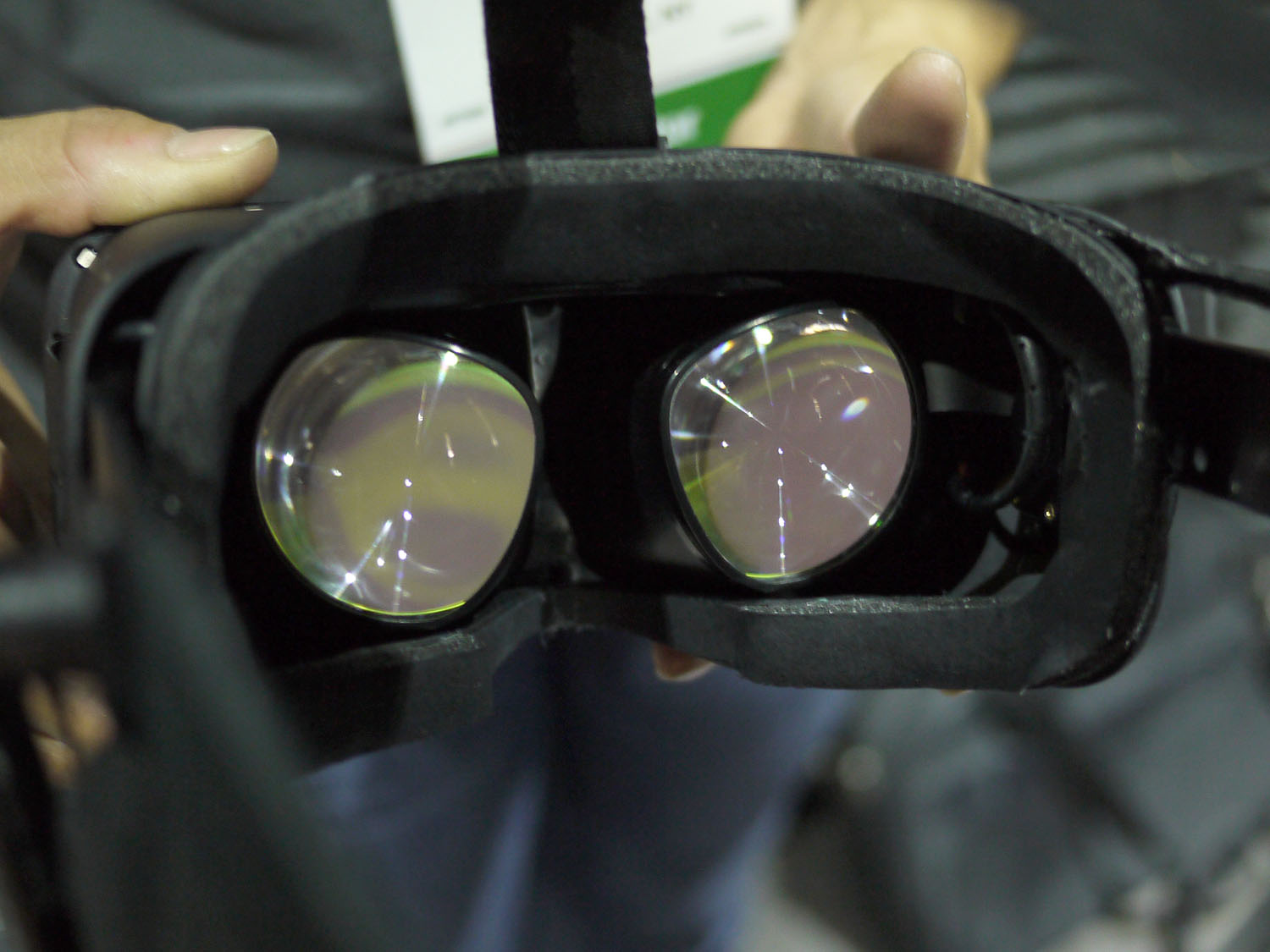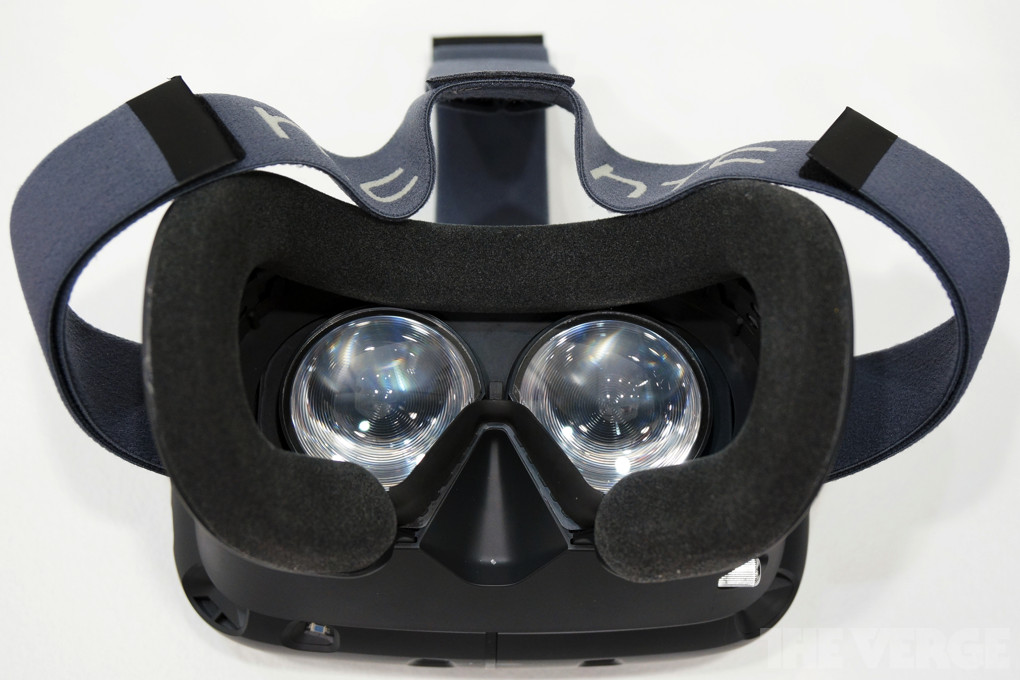Ok, so during 60>120fps conversion they take the last rendered frame, look at the current motion data, and then reproject it into new position.

But what happens if current head movement is too fast?
edit - well, at 120hz, thats just 8.3ms of time left for movement before "fake" frame needs to be inserted. Maybe that's small enough window to make this type of reprojection viable in most situations.

But what happens if current head movement is too fast?
edit - well, at 120hz, thats just 8.3ms of time left for movement before "fake" frame needs to be inserted. Maybe that's small enough window to make this type of reprojection viable in most situations.




